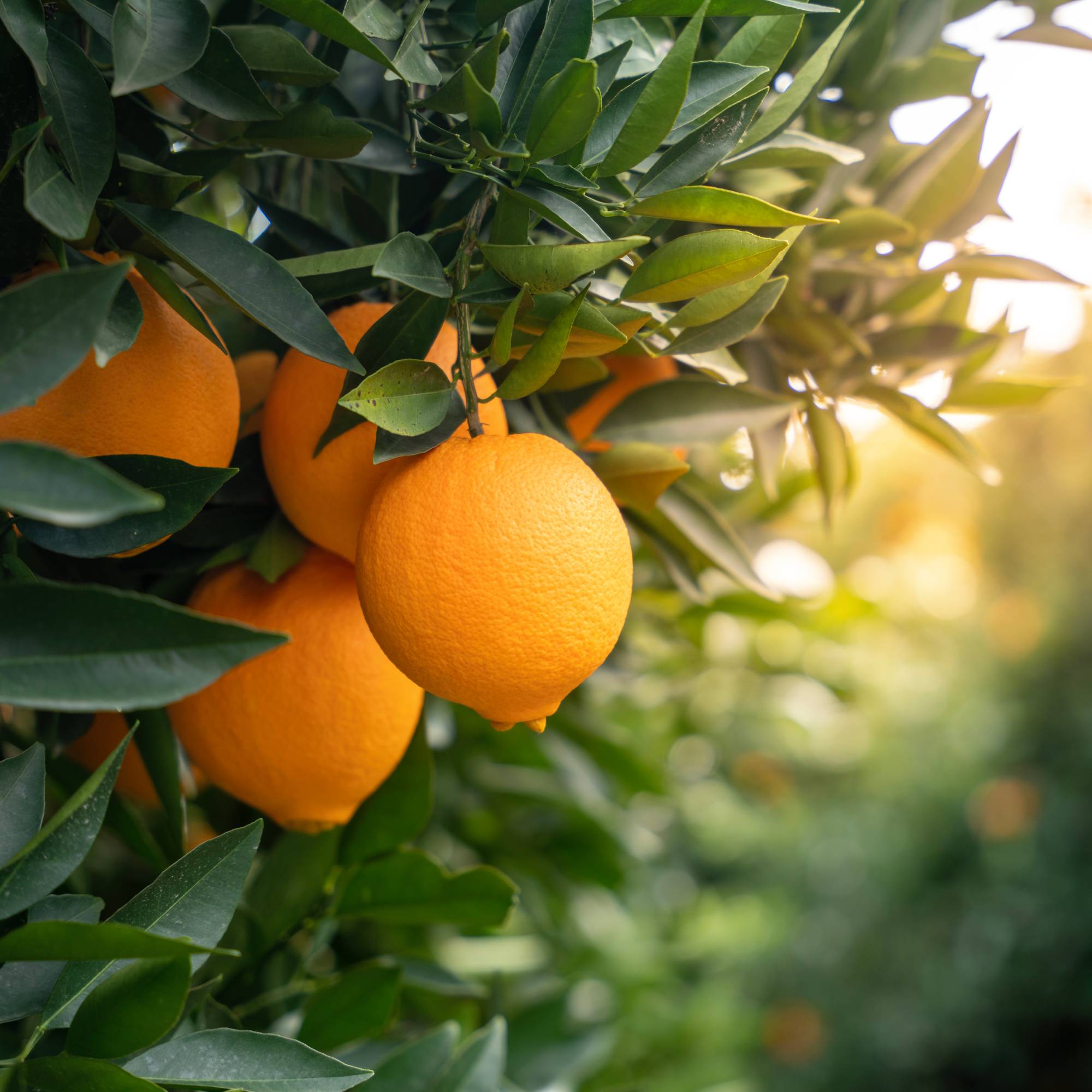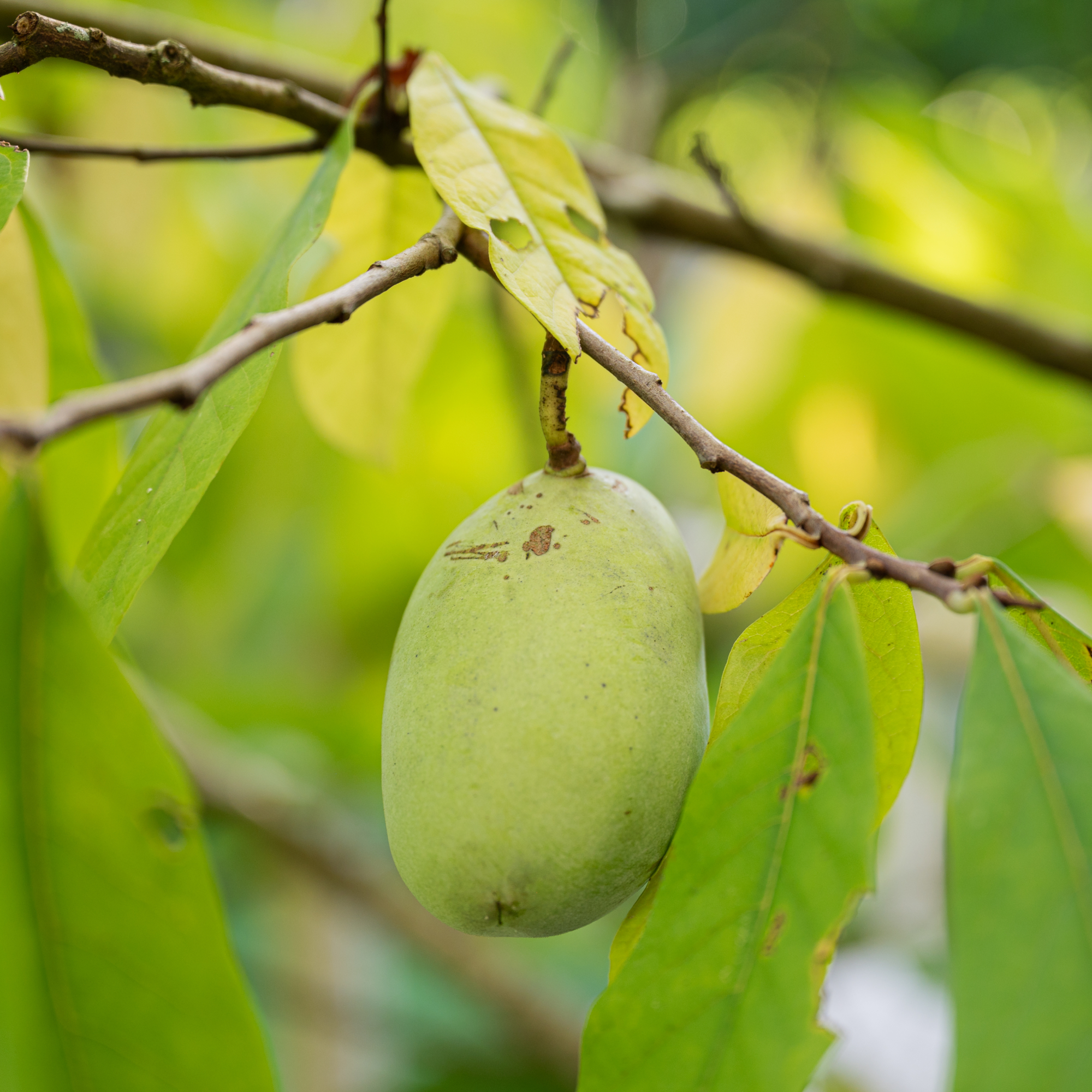Fruits
Most people love fruit but not everyone is confident enough for growing fruits in the garden. Don’t let this deter you. We can help with tips on how to grow fruits and berries of all kinds. Whether a seasoned gardener or just starting out, creating an edible fruit garden is easy. From common types of fruit (strawberries, watermelons, etc.) to tropical fruit tree growing (lemons, kumquats, etc.), there’s something here for everyone. Use our tips on growing fruits in the garden and you'll be on your way to eating home-grown fruit of your very own.
Explore Fruits
-
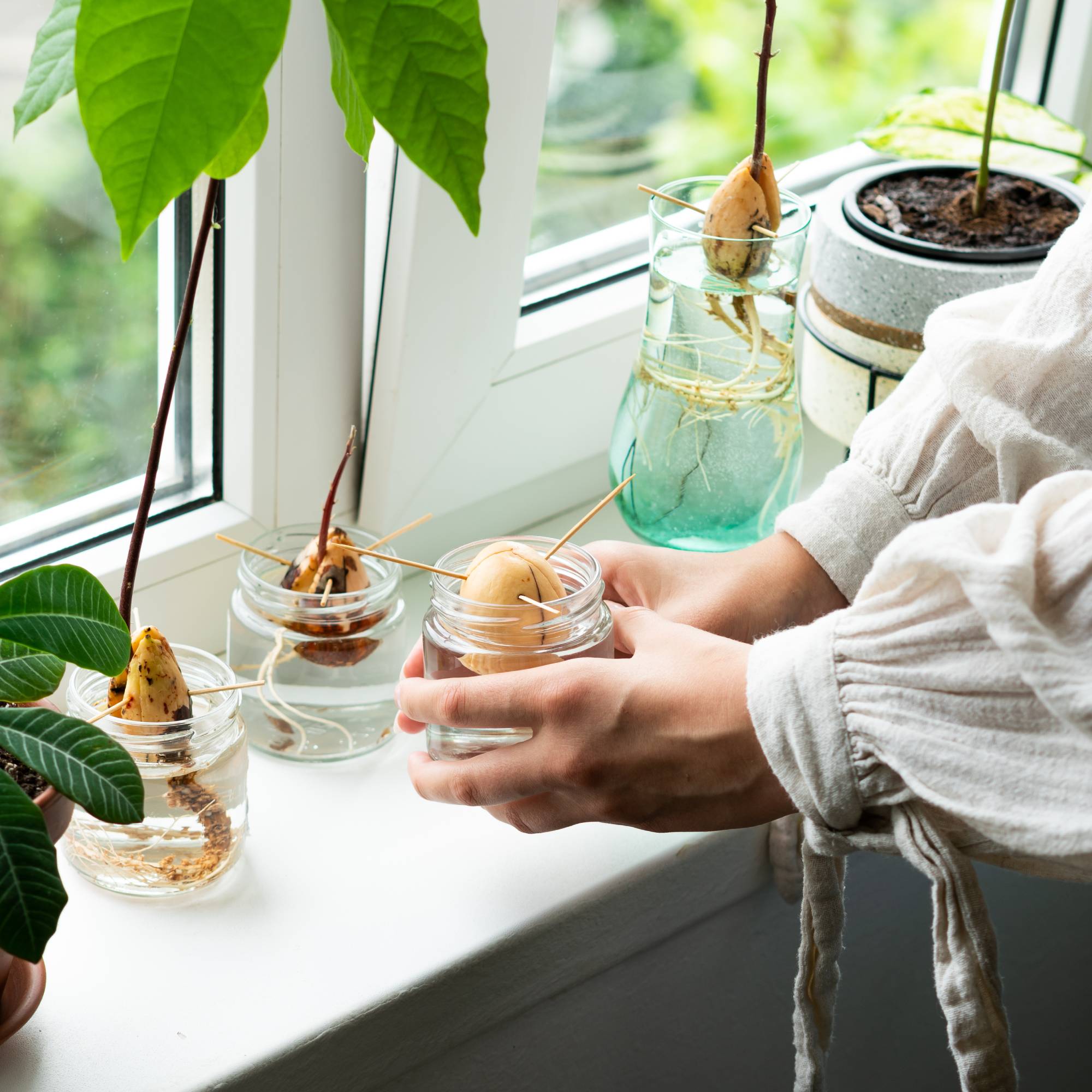
How to Grow an Avocado Seed into a Truly Unique Houseplant – Follow These Tips for Success
Got a leftover avocado pit? Plant an avocado pit to grow a leafy houseplant or maybe a tree someday. These steps make sprouting a seed simple.
By Tyler Schuster
-
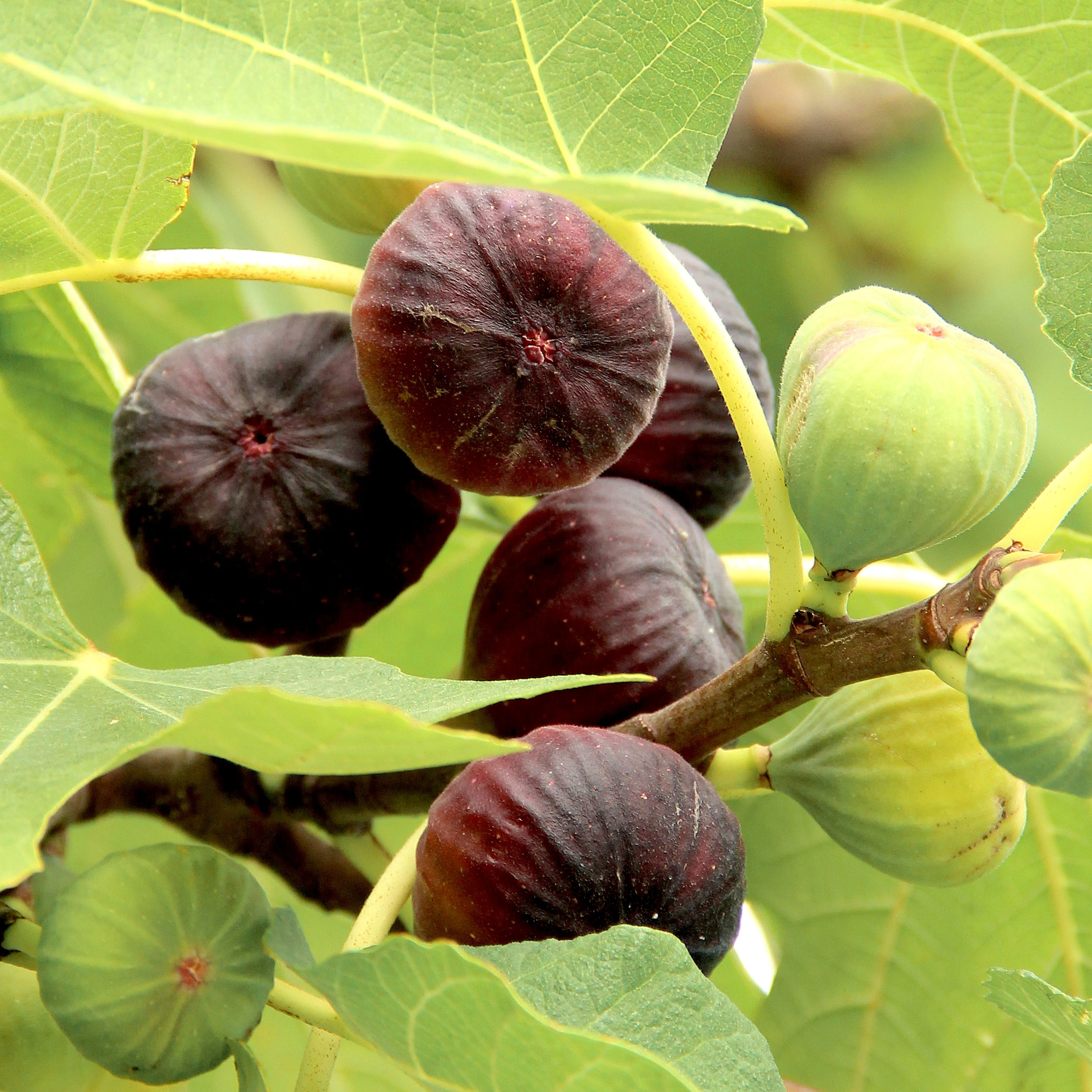
Grow Your Own Fruit for Free – 7 Easy Fall Cuttings to Take Now from Fruit Trees and Shrubs
Got a favorite fruit you want to propagate, or do you want to grab something from friends or neighbors? Here are 7 fall cuttings from fruit trees and shrubs that can boost your supply of homegrown heroes
By Mary Ellen Ellis
-
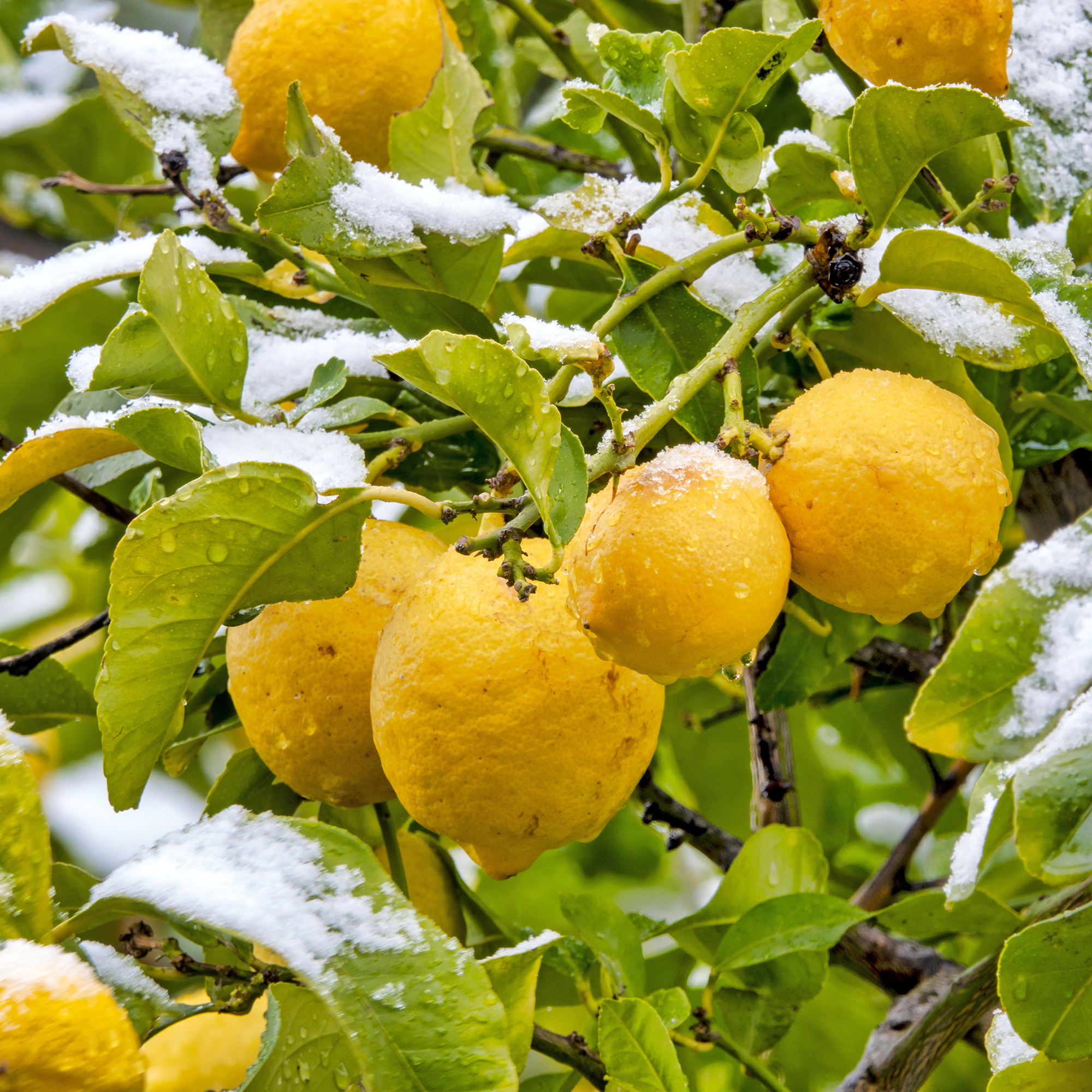
How to Winterize Citrus Trees and Keep Them Safe From Frost Damage
Don't let the cold get the better of your citrus trees. Follow these tips to get them through the winter.
By Tyler Schuster
-
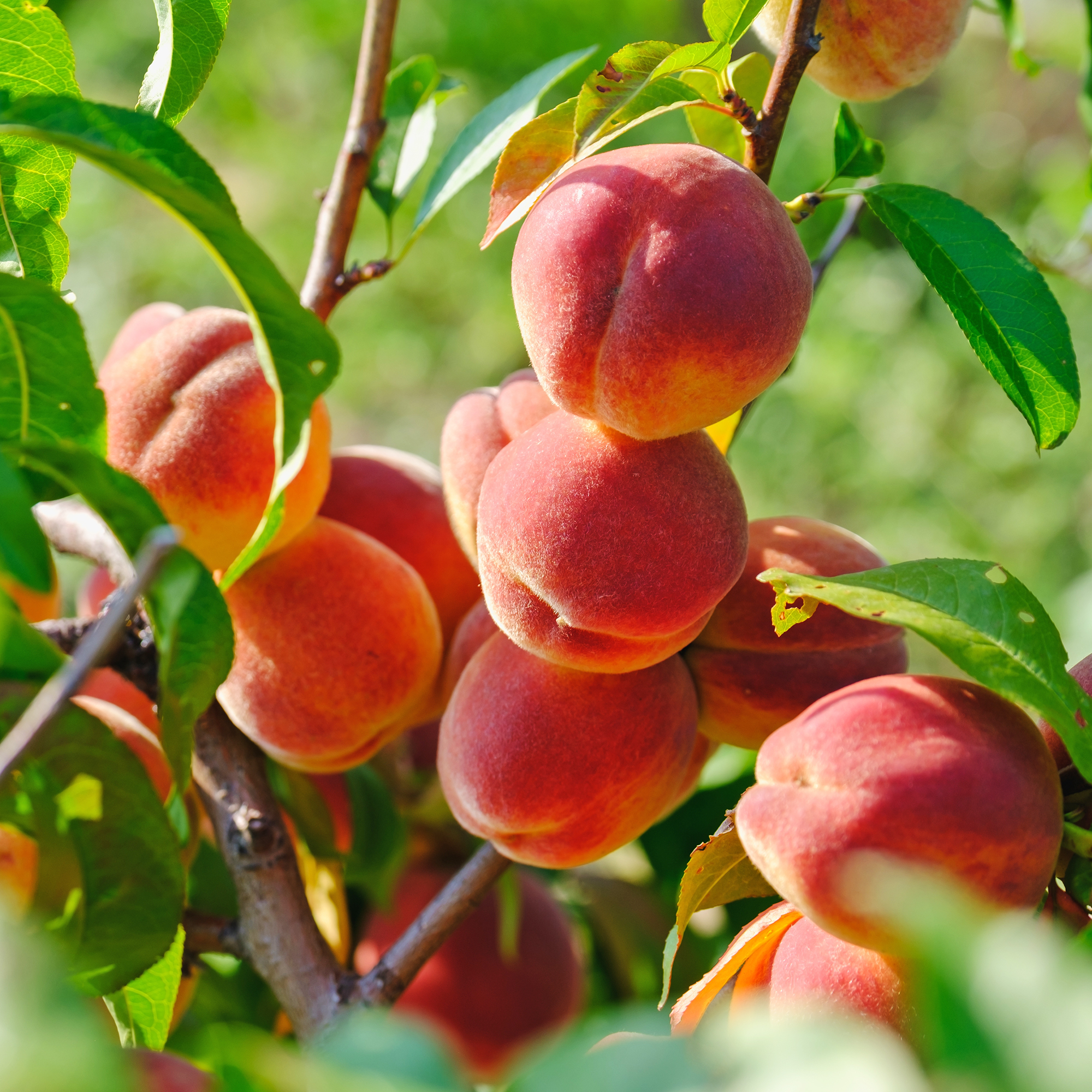
Fruit Cocktail Trees Are the Magical Space-Saving Hack That Let You Grow Lots of Different Fruits At Once
Fancy adding a little Willy Wonka-style magic to your backyard? You need a fruit cocktail tree.
By Kayleigh Dray
-
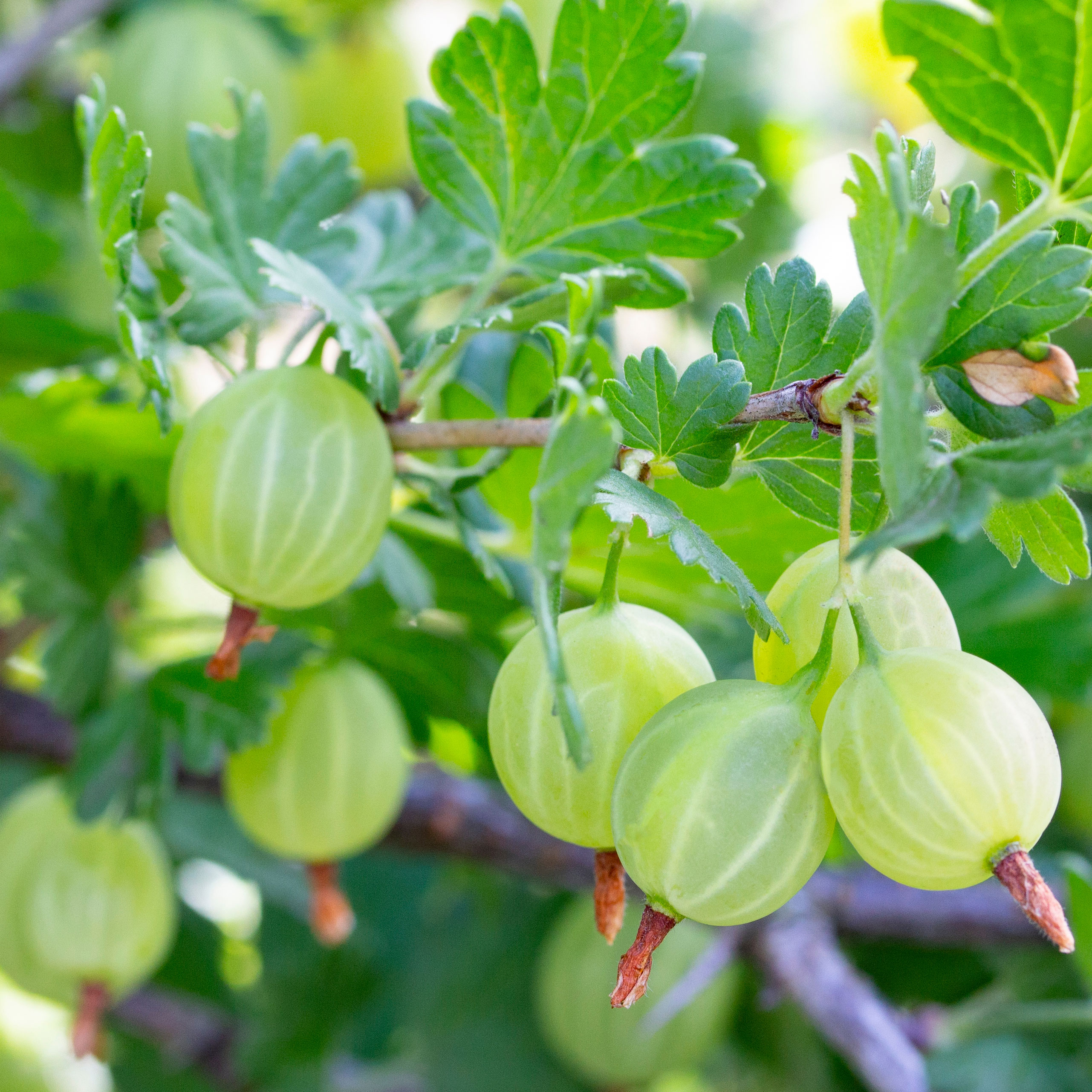
8 Fruits That Grow In Shade To Fill Even Tricky Corners Of Your Yard With Luscious Edibles
Ever planted fruits in low light and struggled to get them to thrive? It’s time to get savvy to these 8 fruiting shrubs and fruit trees that grow in shade
By Mary Ellen Ellis
-
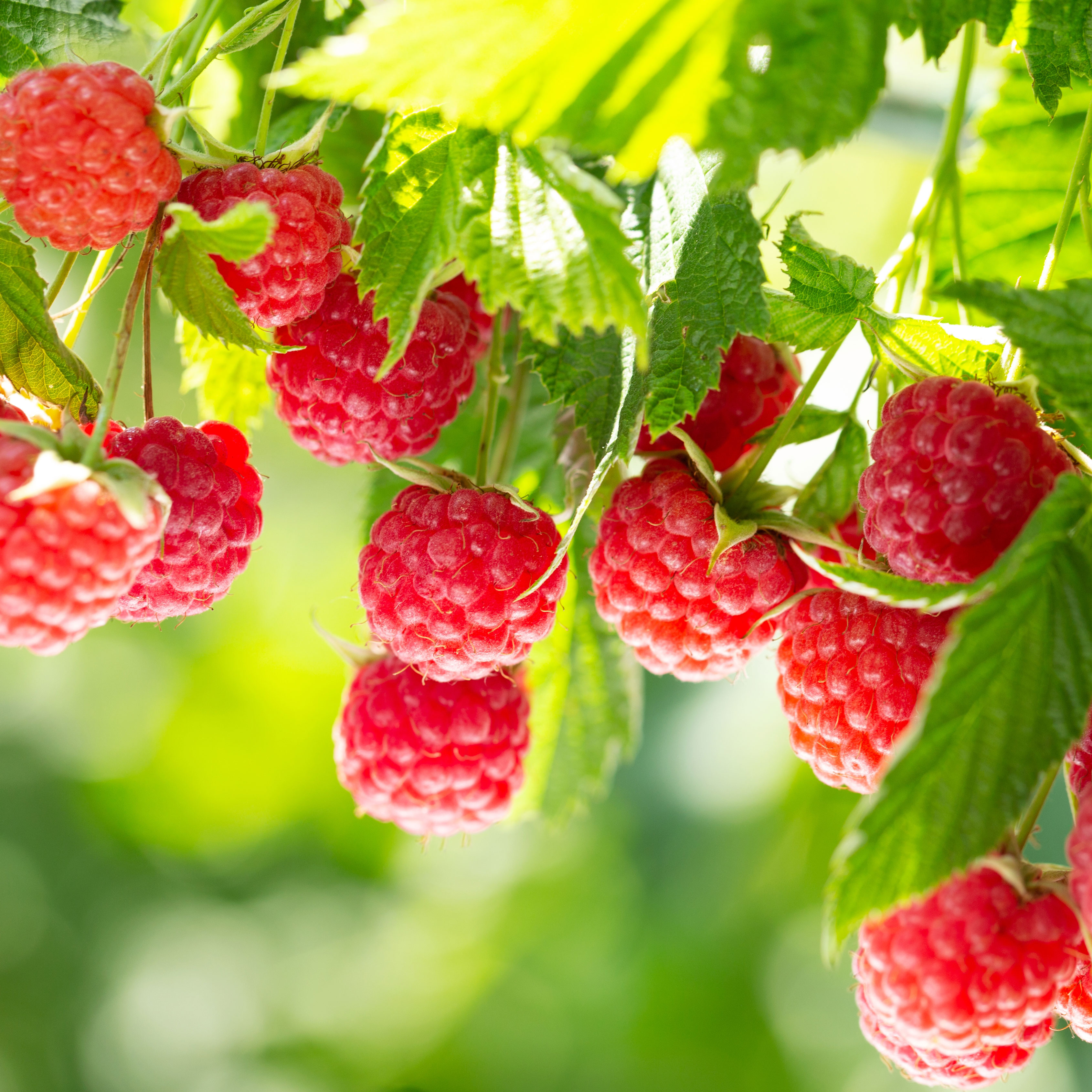
Fall Fruit Cane, Berry and Currant Planting – Plant These 5 in Autumn for the Ultimate Fruits
Some of the tastiest berries and currants are started off in autumn – so if you’re keen on fruit canes, berries and currant planting, here are 5 of the best fruits to plant in the fall
By Teo Spengler
-
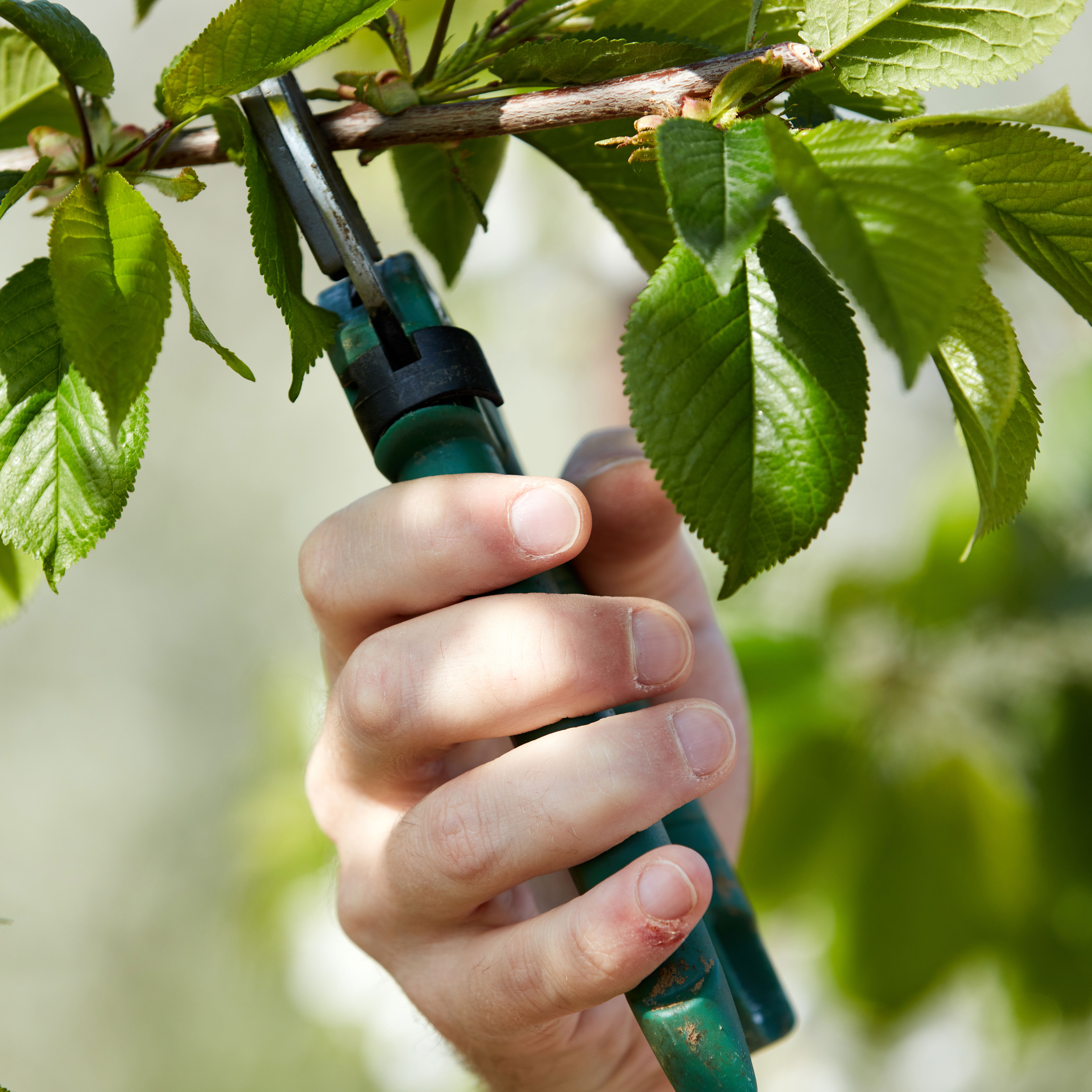
5 Fruit Trees I Always Prune Back After Harvesting Their Fruits – For Healthy Home Orchards and Future Crops
Fruit pruning isn’t always tied to dormancy. These 5 fruit trees can be pruned after their fruits are harvested. So once you’ve enjoyed your feast, grab your pruners!
By Teo Spengler
-
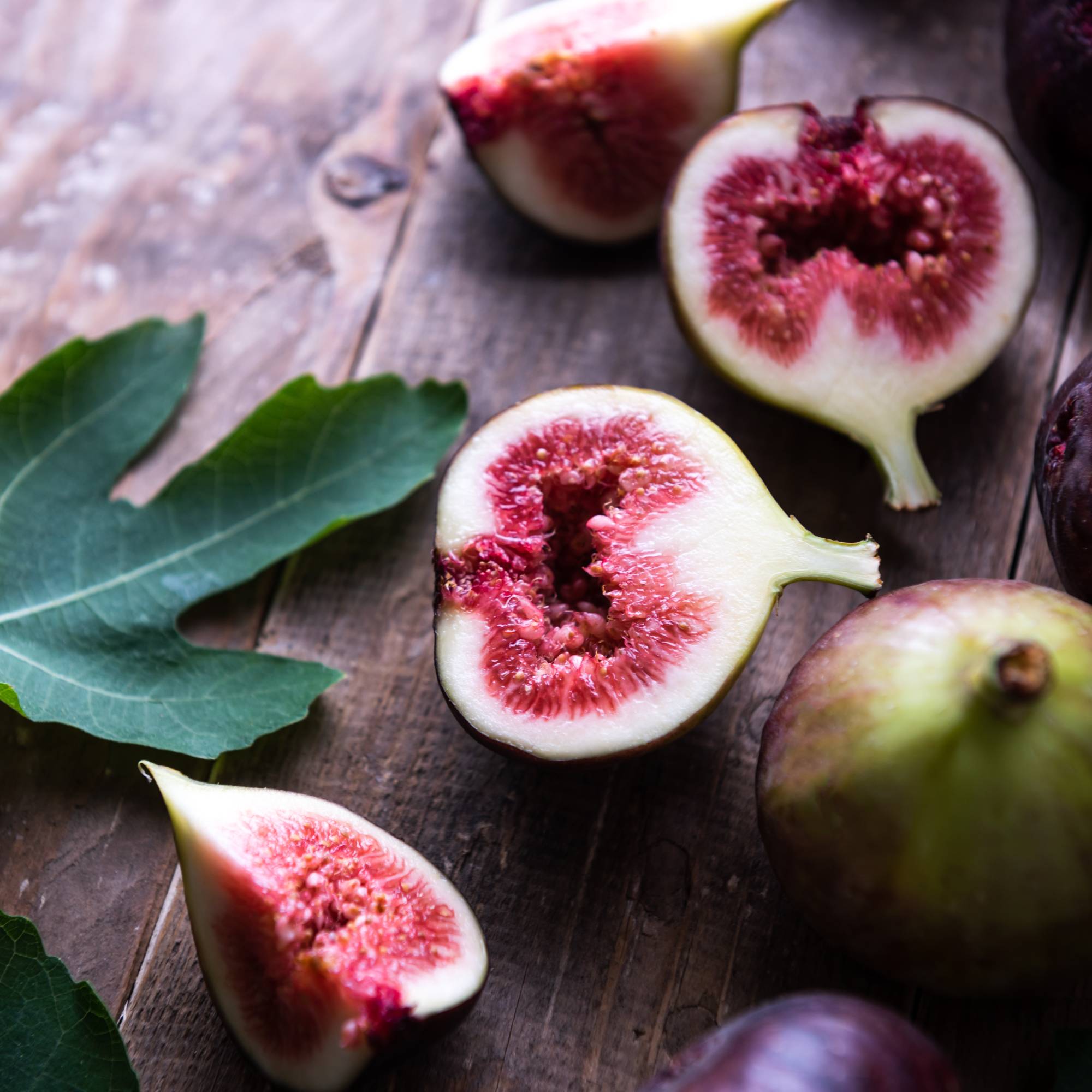
Fig Wasps: Unveiling the Hidden World Within Your Figs and How Bugs Help Make It All Possible
Curious about fig wasps? Dive into their wild relationship with figs, the fig wasp life cycle, and if you’re really chomping on bugs.
By Tyler Schuster
-
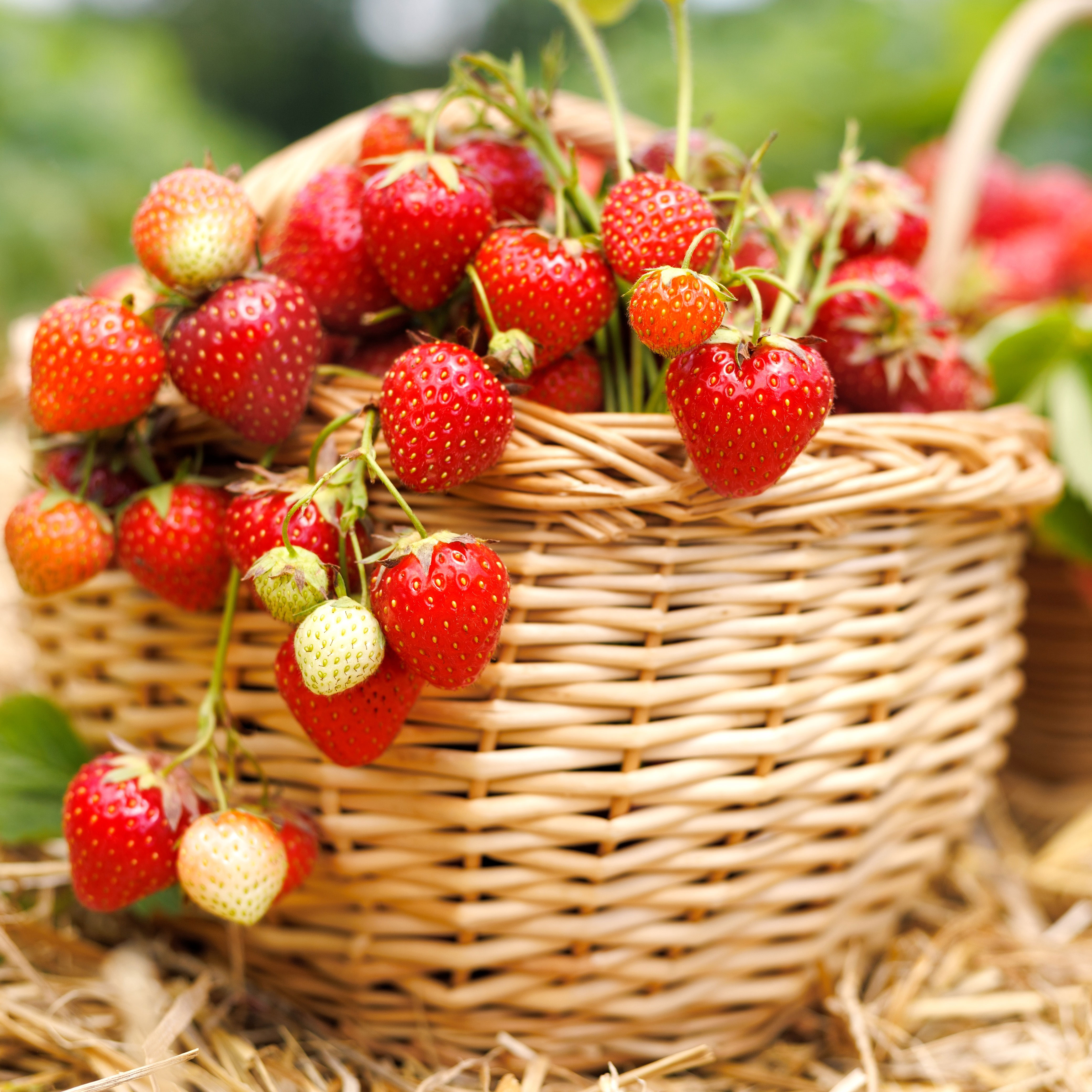
Extend The Strawberry Harvest Season into Fall – 5 Easy Ways To Bring on the Berries for Longer!
While strawberries are synonymous with summer, there are ways to make harvests last for longer. Here are 5 ideas on how to extend the strawberry harvest season into fall
By Mary Ellen Ellis
-
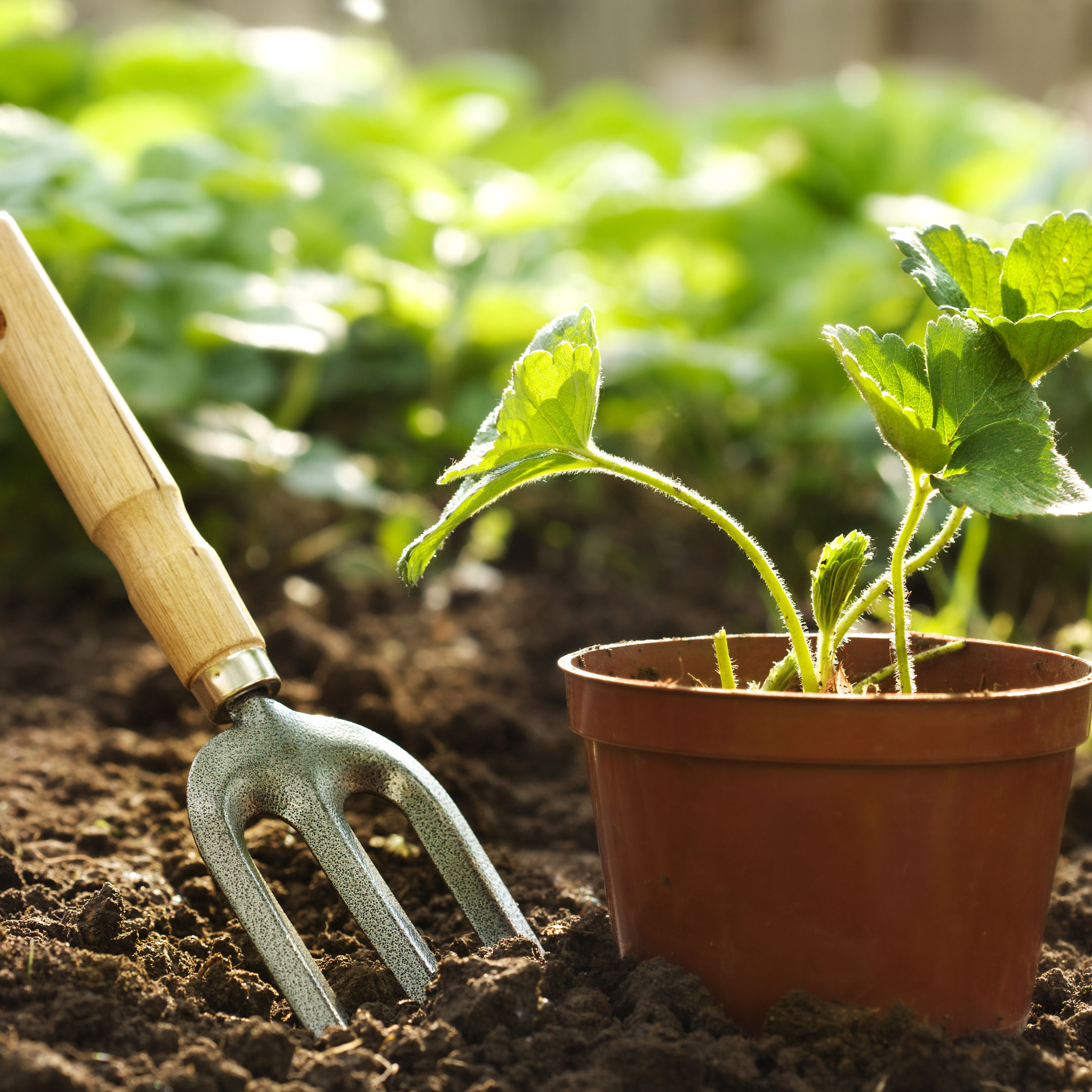
Do You Know How To Propagate Strawberries The Right Way? We Reveal 3 Foolproof Ways To Grow Lots More Fruity Treats Cheaply!
Reached the end of your strawberry harvests & itching to kickstart your next crop? If you’re wondering how to propagate strawberries, here are 3 ways to more juicy fruit
By Susan Albert
-
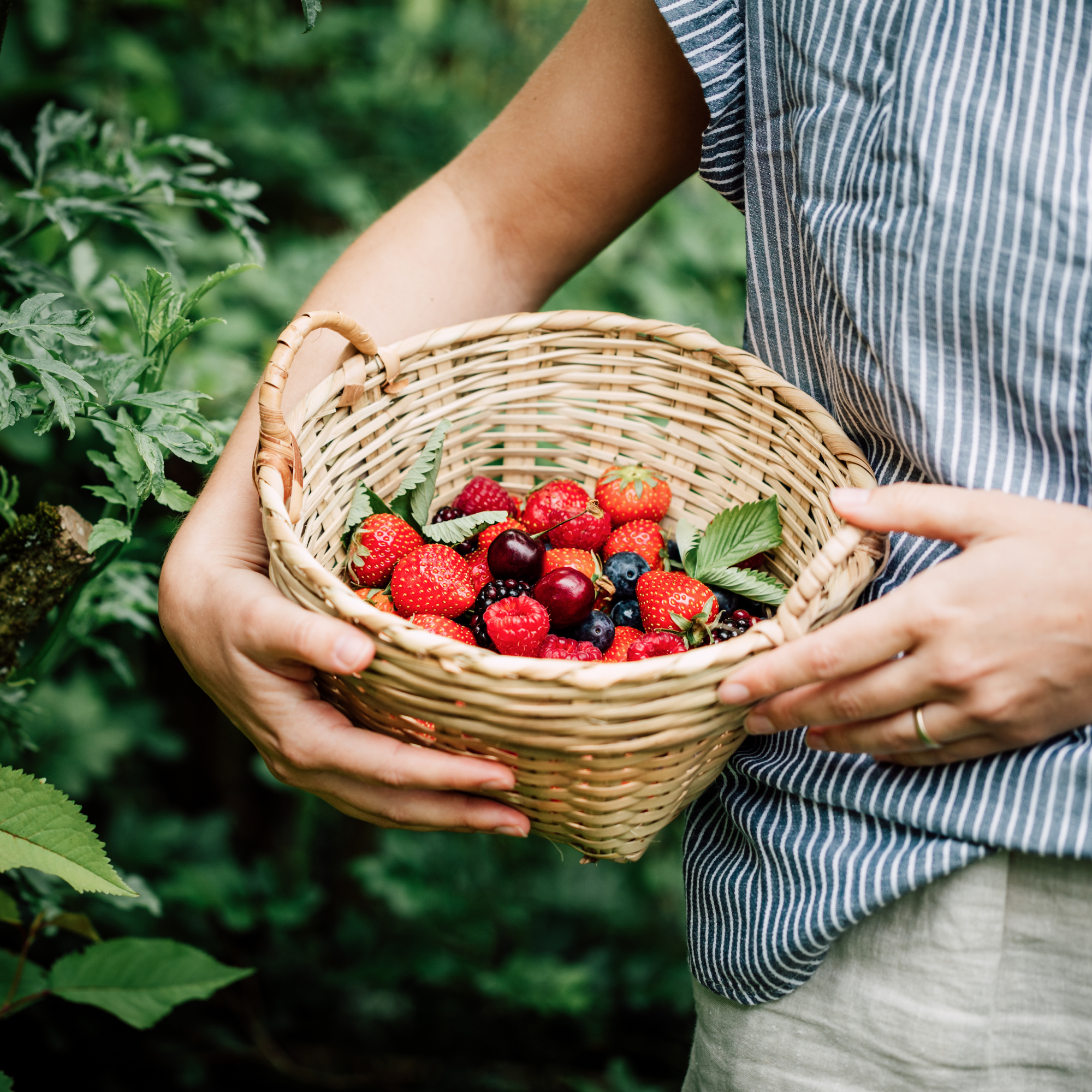
6 Best Types of Berries to Grow in Your Backyard for Plump and Flavorful Produce
Various types of berries are a great addition to your backyard garden. Here are our favorite types for bountiful harvests all summer and into the fall.
By Laura Miller
-

Jam Girl Summer Is The Perfect Trend For Gardeners – How To Embrace The Sweet Aesthetic This Season
So long, tomato girl summer! Jam girl summer is here and it's the perfect trend for gardeners to try for an even sweeter summer season.
By Laura Walters
-

How To Grow A Plum Seed Into A Tree Full Of Delicious Fruit
Learn how to plant plum seeds to grow your own plum tree. This simple guide outlines everything you need to know for success.
By Amy Grant
-
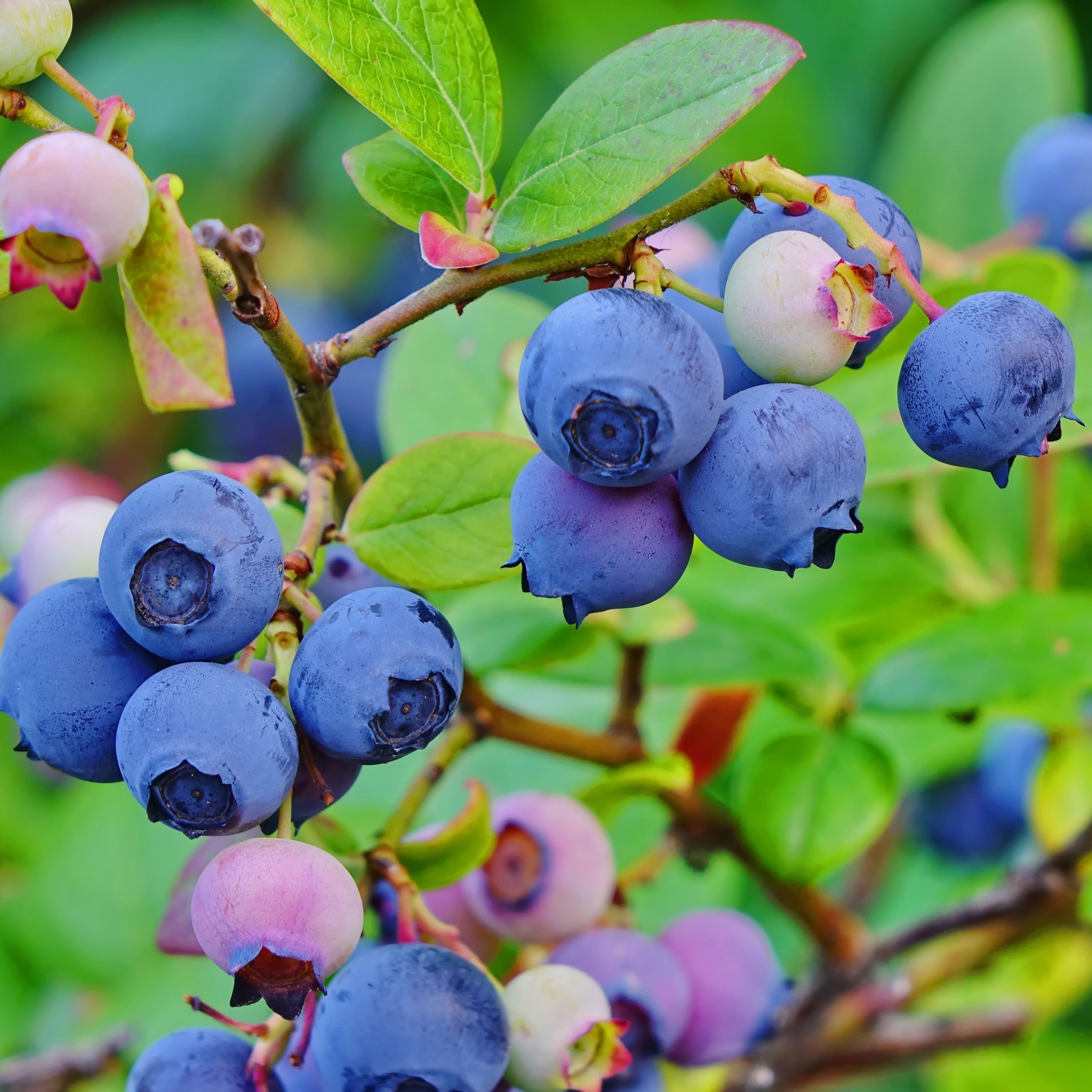
Growing Blueberries In Pots – Container-Based Blues For Yummy Summer Fruits
Everyone should be making room in their garden for a superfruit, but if you’re short on space, worry not. You’ll find that growing blueberries in pots is just as rewarding and well within your reach
By Teo Spengler
-

Grow The Sweetest Strawberry Fruits: Try These 6 Top Tips For Luscious Berry Goodness!
Why are some strawberry fruit sweet and what makes strawberries taste sour? Most causes of sour strawberries can be attributed to less than ideal growing conditions. Learn more about that here.
By Mary Ellen Ellis
-
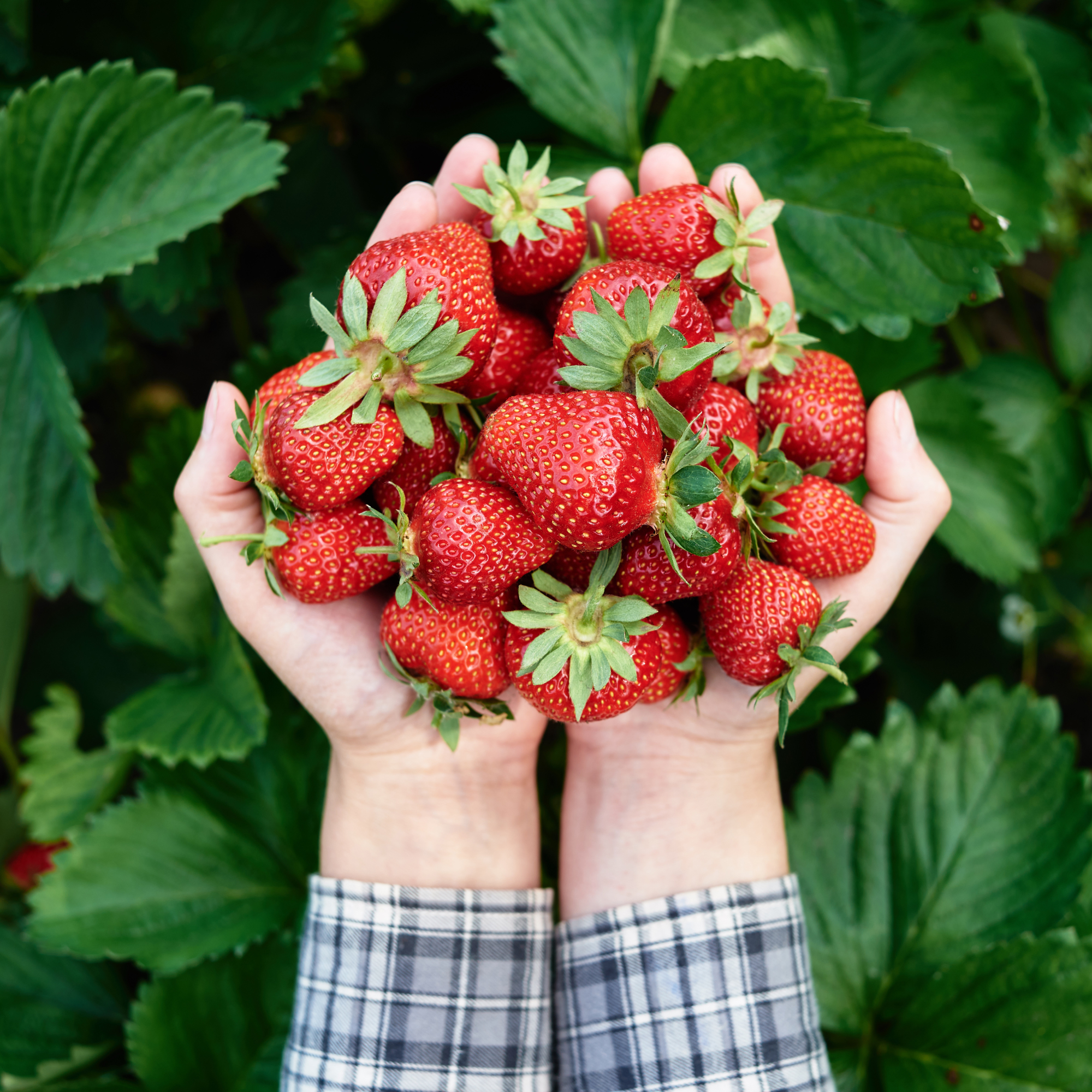
How Long Do Strawberries Take To Grow? Plus, Tips For A Faster Fruit Harvest
Strawberries are a great fruit for just about every garden, but how long do you have to wait for juicy berries? Depending on your method, maybe not too long!
By Amy Grant
-
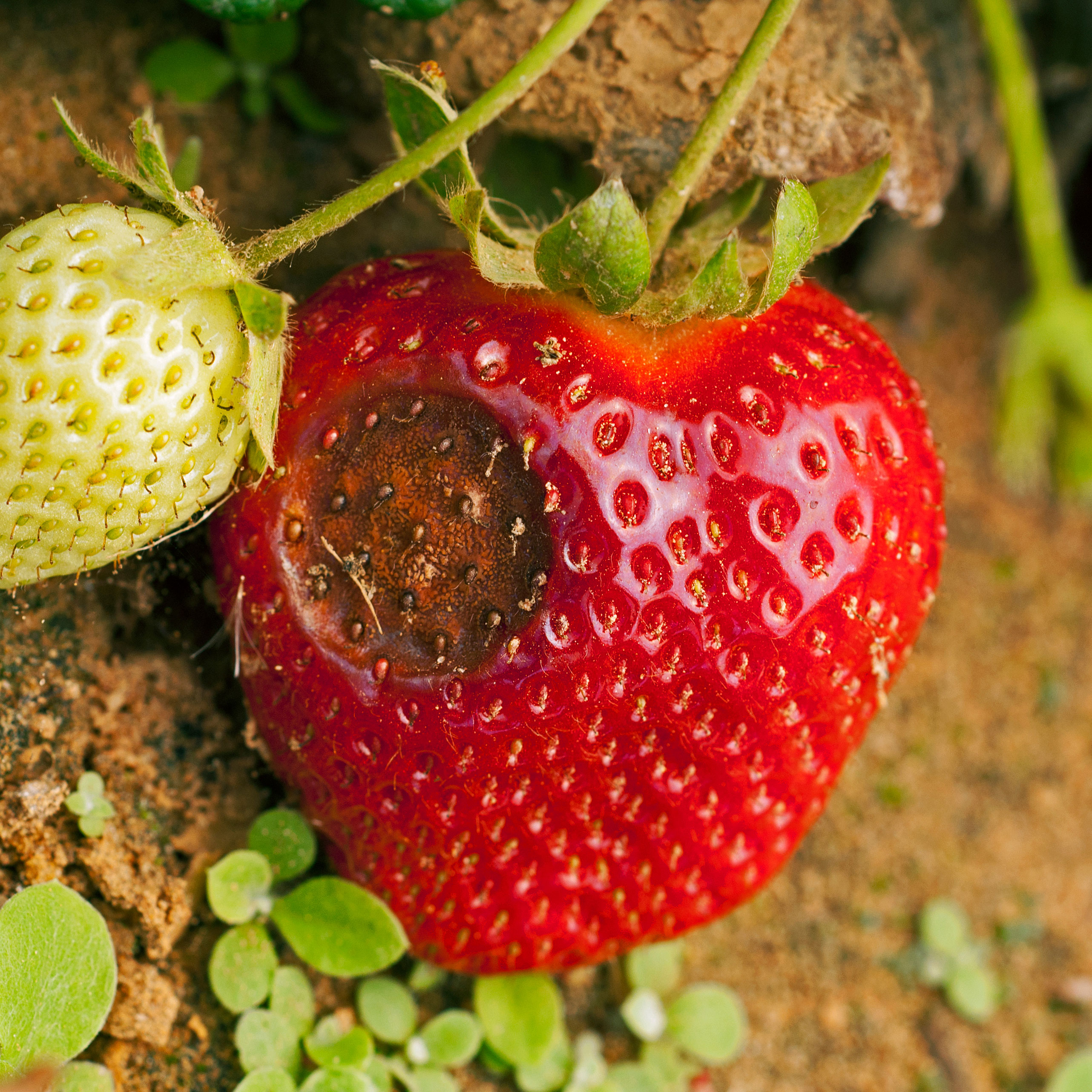
Don’t Lose Your Strawberries! Check For These 7 Strawberry Diseases & Protect Your Strawbs
Although strawberry plants are generally robust, you do need to keep an eye out for infections. Here are the 7 main strawberry diseases to watch out for
By Tonya Barnett
